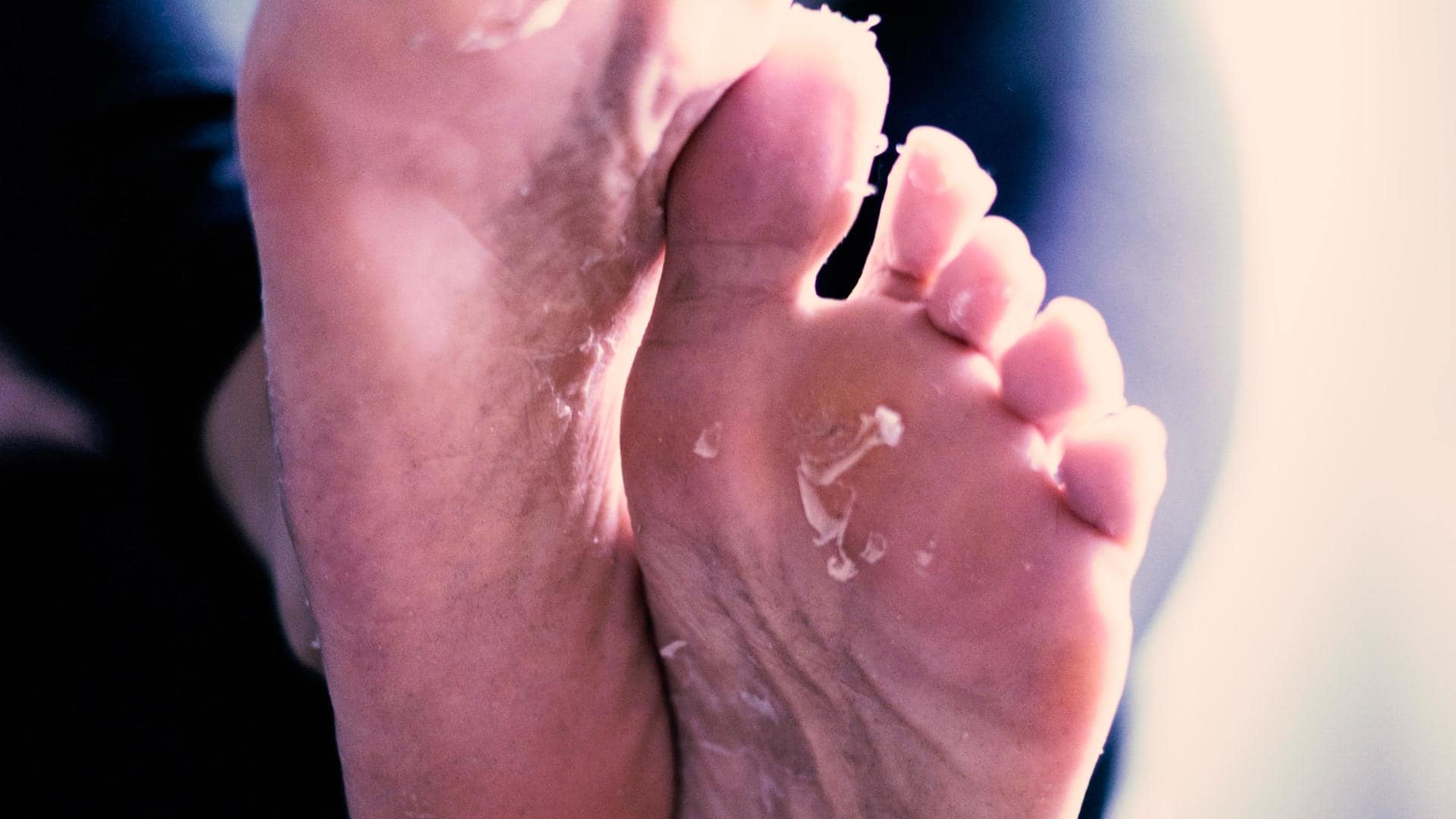
Understanding athlete's foot: Symptoms, causes, treatment, and prevention
What's the story
Athlete's foot is a common condition among athletes and people who engage in physical activity, this is how it gets its name. However, it is not limited to just athletes and can actually affect anyone who is exposed to the risk factors associated with the condition. This is why foot care is important. Keep reading to know everything about this skin infection.
Symptoms
What are the symptoms?
The symptoms of athlete's foot may include itching, burning, and stinging sensations on the feet. It may also manifest as scaling, flaking, or cracking of the skin on the feet. Blisters or sores that itch also start appearing on the feet. The infected area emits a foul odor. The toenails may also get discolored, thick, and crumbly. Your sole's skin also dries out.
Causes
What causes it?
Athlete's foot, medically known as tinea pedis, is a fungal skin infection that affects the feet, particularly in the space between the toes. It is caused by a group of fungi called dermatophytes, which feed on the dead skin cells on the surface of the skin. These fungi thrive in warm, moist environments, such as the inside of shoes and public showers.
Risk factors
What are the risk factors?
Certain behaviors increase your risk of getting athlete's foot. These include wearing tight, non-breathable shoes, and walking barefoot in public places, such as showers, locker rooms, and swimming pool arenas. If you have a weak immune system you are more prone to get affected by this foot disease. Other risk factors include sweating excessively and having a history of fungal infection.
Treatment
What does its treatment involve?
Athlete's foot is typically treated using antifungal creams, sprays, or powders that are applied directly to the infected region on the feet. In some circumstances, your dermatologist may recommend oral antifungal drugs too. In addition to medical therapy, it is essential to take precautions to avoid the spread of the infection and to keep your feet dry and clean.
Prevention
What preventive measures you can take?
Your doctor may recommend a slew of things to prevent or reduce the risk of getting athlete's foot. This may include soaking your feet in salt water or diluted vinegar to help dry up blisters. You must ensure that you wear breathable shoes and socks while also practicing good hygiene by washing your feet regularly and drying them thoroughly.